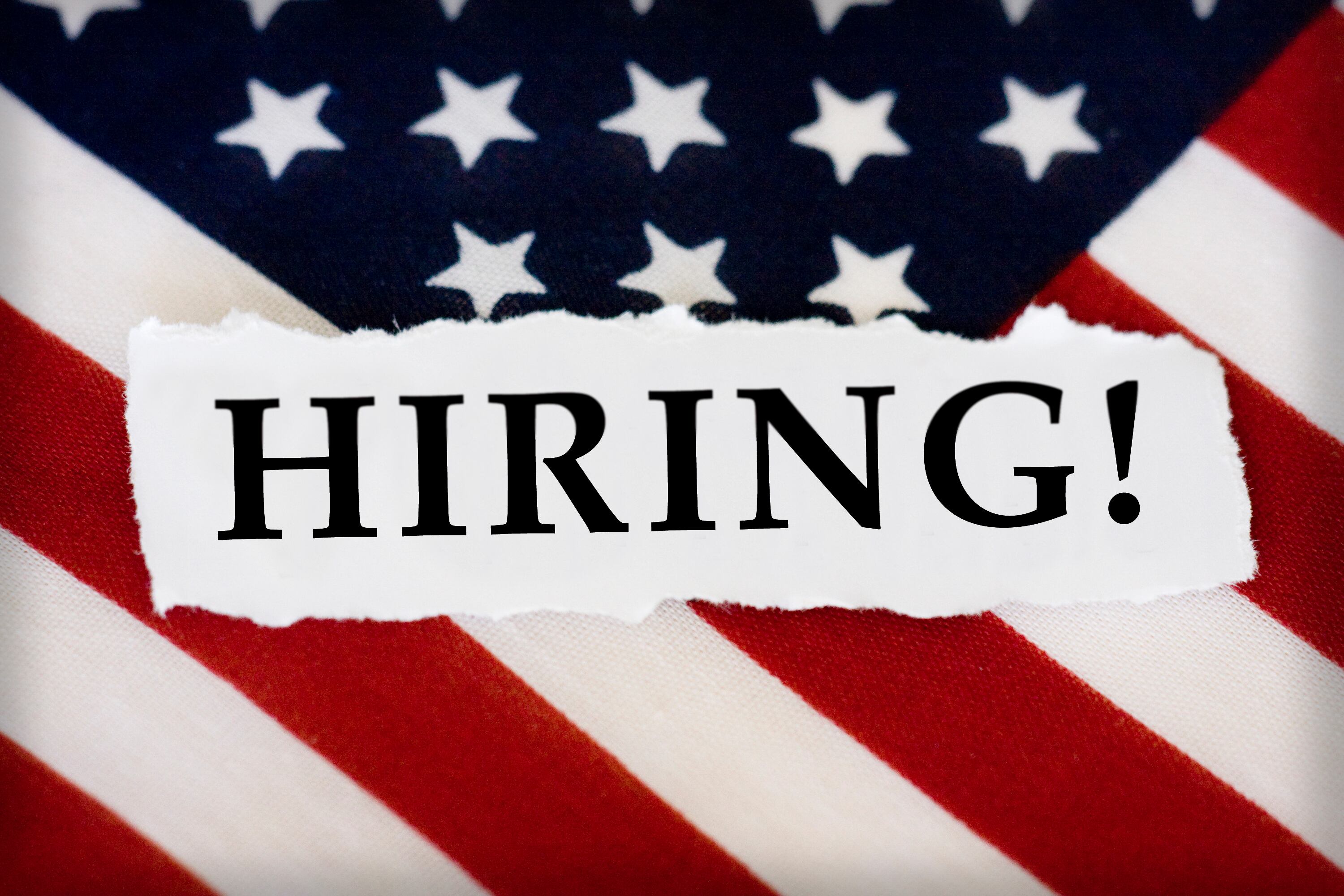For the first time in more than a decade, a proposed rule by the General Services Administration would update miscellaneous expense limits for federal employees relocating for work.
When employees relocate for a job in the federal government, permanently or temporarily, they’re often entitled to be reimbursed for costs they incur associated with moving themselves and their families. One benefit available is GSA’s “Miscellaneous Expense Allowance” that covers costs like re-registering your vehicle in a new state, disconnecting utilities or even paying a clock expert to recalibrate a grandfather clock. (Yes, that’s a real scenario.)
The proposal, which is open for public comment until March 25, would raise the miscellaneous fund’s flat rate and clarify what kinds of expenses are covered. GSA also said MEA lump sum amounts, which max out at $650 for an individual and $1300 for a family, are expected to increase for the first time since 2011 and would subsequently be determined by economic metrics.
“Moving forward, GSA will publish [Federal Travel Regulation] bulletins to update the relocation MEA lump sum amounts, as needed, based on changes to the Consumer Price Index,” the proposed rule said.
RELATED

Despite the fact that teleworking may have kept many employees from having to relocate for a federal job in the years since the pandemic, hybrid work rules are shifting, and some may find themselves having to move to be able to report onsite more often. The miscellaneous expense allowance is just one of several relocation benefits the government may offer to employees to incentivize them to take the job and make it financially feasible to do so.
But with these benefits come strict rules for how, when and what to expense.
To help employees keep track of the latest changes, the proposed rule would issue intermittent bulletins updated more frequently. Doing so would also make it less cumbersome for GSA to have to draft a new proposed regulation every time it wants to adjust the reimbursement caps.
Should the rule be adopted, the first update would increase the individual lump sum limit by $100 and $200 for a family. Then, subsequently, future limits would be influenced by changes in the price of consumer goods, or the CPI.
RELATED

Now, if an employee wants to take advantage of the lump sum reimbursement, they can do so without submitted receipts.
If an employee incurs an amount in excess of the lump sum, they can itemize their actual expenses with supporting documentation. Then, a different rule applies; “actual costs” cannot exceed one or two weeks’ pay of a GS–13, Step 10.
The proposed rule would not affect that limit.
Molly Weisner is a staff reporter for Federal Times where she covers labor, policy and contracting pertaining to the government workforce. She made previous stops at USA Today and McClatchy as a digital producer, and worked at The New York Times as a copy editor. Molly majored in journalism at the University of North Carolina at Chapel Hill.





